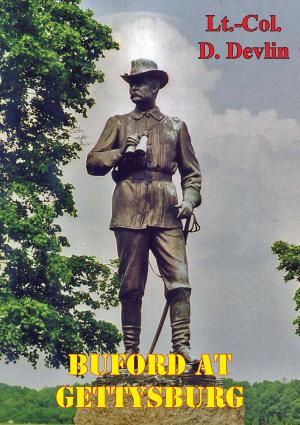| Author: | Toni C. Collins | ISBN: | 9781452422572 |
| Publisher: | Toni C. Collins | Publication: | August 23, 2012 |
| Imprint: | Smashwords Edition | Language: | English |
| Author: | Toni C. Collins |
| ISBN: | 9781452422572 |
| Publisher: | Toni C. Collins |
| Publication: | August 23, 2012 |
| Imprint: | Smashwords Edition |
| Language: | English |
The Cedar Keys Light Station on the island of Seahorse Key off Florida's Gulf Coast has stood a solitary vigil for more than 157 years. This sturdy sentinel has survived devastating hurricanes, the assault by Union troops, as well as years of abandonment. Yet, this small light station remains one of America's lesser known treasures.
From its discovery, Seahorse Key, the southwestern most island of a collection of islands known as the Cedar Keys, has been the center of conflict and intrigue. During the Second Seminole Indian War, the island served as an internment camp for Indians being shipped to the western frontier. Several years later the island was the focus of a controversy over ownership between Samuel Johnson and the United States government.
Althought the construction of a lighthouse was much sought after by both politicians and locals, sufficient funds covering costs of building the modest structure were delayed several years by Congress. In addition, Florida's sparse populaton made finding individuals to maintain the light and live such a solitary existence a major problem.
When Florida seceded from the Union in January 1861, oversight of the lighthouse shifted from the government of the United States to the newly created government of the Confederate States of America and Seahorse Key's protected harbor became a haven for blockade runners.
In spite of a Federal blockade imposed early in the Civil War, local blockade runners continued their activities. When the Cedar Keys were invaded and occupied by Union troops in January of 1862, fearless blockade runners used the many rivers, bays, and creeks surrounding the Cedar Keys as refuge. During the war years, the lighthouse was occupied by not only Union troops and their families, but also sympathizers, refugees, and contraband or runaway slaves.
At the close of the war, gossip and conjecture were rampant among locals when the dead body of their neighbor's beautiful daughter was found on Seahorse Key following the sudden departure of her Union officer lover. In addition, a long succession of light keepers came and went citing as a reason their fear of the headless horseman ghost who supposedly haunts the island during a full moon.
One lighthouse keeper, joined by his mother and brothers as lighthouse keeper assistants, manned the light during the boom years of the Port of Cedar Keys. Another light keeper departed after being threatened by a local out-of-control gun wielding politician.
The Cedar Keys Light Station on the island of Seahorse Key off Florida's Gulf Coast has stood a solitary vigil for more than 157 years. This sturdy sentinel has survived devastating hurricanes, the assault by Union troops, as well as years of abandonment. Yet, this small light station remains one of America's lesser known treasures.
From its discovery, Seahorse Key, the southwestern most island of a collection of islands known as the Cedar Keys, has been the center of conflict and intrigue. During the Second Seminole Indian War, the island served as an internment camp for Indians being shipped to the western frontier. Several years later the island was the focus of a controversy over ownership between Samuel Johnson and the United States government.
Althought the construction of a lighthouse was much sought after by both politicians and locals, sufficient funds covering costs of building the modest structure were delayed several years by Congress. In addition, Florida's sparse populaton made finding individuals to maintain the light and live such a solitary existence a major problem.
When Florida seceded from the Union in January 1861, oversight of the lighthouse shifted from the government of the United States to the newly created government of the Confederate States of America and Seahorse Key's protected harbor became a haven for blockade runners.
In spite of a Federal blockade imposed early in the Civil War, local blockade runners continued their activities. When the Cedar Keys were invaded and occupied by Union troops in January of 1862, fearless blockade runners used the many rivers, bays, and creeks surrounding the Cedar Keys as refuge. During the war years, the lighthouse was occupied by not only Union troops and their families, but also sympathizers, refugees, and contraband or runaway slaves.
At the close of the war, gossip and conjecture were rampant among locals when the dead body of their neighbor's beautiful daughter was found on Seahorse Key following the sudden departure of her Union officer lover. In addition, a long succession of light keepers came and went citing as a reason their fear of the headless horseman ghost who supposedly haunts the island during a full moon.
One lighthouse keeper, joined by his mother and brothers as lighthouse keeper assistants, manned the light during the boom years of the Port of Cedar Keys. Another light keeper departed after being threatened by a local out-of-control gun wielding politician.












![Cover of the book At Gettysburg, Or, What A Girl Saw And Heard Of The Battle. A True Narrative. [Illustrated Edition] by Toni C. Collins](https://www.kuoky.com/images/2014/june/300x300/9781782892311-hgkP_300x.jpg)


